

Find more information in the General Comments section of the assessment
Find more information in the Rating Validity tab of the assessment
-
Adult Occupant
See More 93%
93% -
Child Occupant
See More 87%
87% -
Pedestrian
See More 67%
67% -
Safety Assist
See More 85%
85%
- Good
- Adequate
- Marginal
- Weak
- Poor
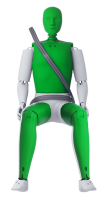 Passenger
Passenger
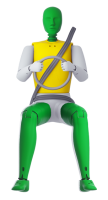 Driver
Driver
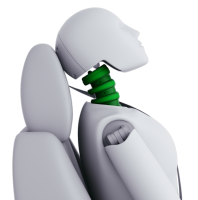 Rear Seat
Rear Seat
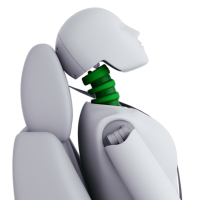 Front Seat
Front Seat
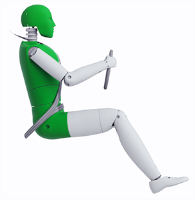 Car
Car
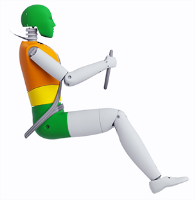 Pole
Pole
- Good
- Adequate
- Marginal
- Weak
- Poor
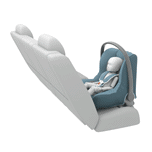
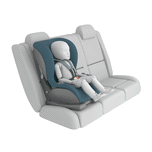
Passenger
outboard
center
Fitted to the vehicle as standard
Not fitted to the test vehicle but available as option
Not Available
-
Infants up to 13 kg
-
Infants and toddlers up to 18 kg
-
Toddlers from 9 to 18 kg
-
Toddlers over 18 kg
Easy
Difficult
Safety critical
Not allowed
| Seat Position | ||||
|---|---|---|---|---|
| Front | 2nd row | |||
| Passenger | Left | center | Right | |
| Maxi Cosi Cabriofix (Belt) | ||||
| Britax Römer King Plus (Belt) | ||||
| Britax Römer Duo Plus (ISOFIX) | ||||
| Britax Römer KidFix (Belt) | ||||
| Maxi Cosi Cabriofix & EasyFix (Belt) | ||||
| Maxi Cosi Cabriofix & EasyFix (ISOFIX) | ||||
| BeSafe iZi Kid X3 ISOfix (ISOFIX) | ||||
| Maxi Cosi Pearl & Familyfix (ISOFIX) | ||||
| Britax Römer KidFix (ISOFIX) | ||||
Easy
Difficult
Safety critical
Not allowed
The V-Class scored maximum points for its protection of both the 1½ and 3 year dummies in the dynamic tests. Forward movement of the 3 year dummy, sat in a forward-facing restraint, was not excessive. In the side impact, both dummies were properly contained within the protective shells of their restraints, minimising the likelihood of head contact with parts of the vehicle interior. The child restraints were properly labelled with all relevant safety information. The passenger airbag is automatically disabled when a rearward-facing child restraint is placed on the passenger seat. The system is different from previous Mercedes-Benz systems which only worked with specific seats. As the system is not standard equipment, it was not assessed for this rating.
- Good
- Adequate
- Marginal
- Weak
- Poor
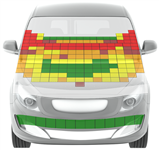
Head Impact 14.1 Pts
Pelvis Impact 0.0 Pts
Leg Impact 6.0 Pts
Owing to the height and geometry of the front of the V-Class, no tests were performed against the front edge of the bonnet. The protection provided against head injury on the bonnet surface was mostly in the range from marginal to good, with poor results recorded on the stiff windscreen pillars. The bumper scored maximum points in Euro NCAP's tests, offering good protection to pedestrians' legs.
- Good
- Adequate
- Marginal
- Weak
- Poor
| Speed Limit Information Function | Manual |
| Applies To | Front seats | ||
| Warning | Driver Seat | Front Passenger(s) | Rear Passenger(s) |
| Visual | |||
| Audible | |||
|
|||
The V-Class has electronic stability control as standard equipment and the system met Euro NCAP's test requirements. A seatbelt reminder is standard for the driver and, for the passenger seat, is expected to be on most cars sold so the system was assessed and rewarded. A driver-set speed limitation device is available as an option. As the great majority of vehicles will be equipped with the system, it was assessed and met Euro NCAP's requirements for speed-limiters of this type.
- Specifications
- Safety Equipment
- Videos
- Advanced Rewards
- Rating Validity
Specifications
Tested Model Mercedes-Benz V-Class 2.2 diesel
Body Type - 8 seat van
Year Of Publication 2014
Kerb Weight 2205kg
VIN From Which Rating Applies - all V-Class, Vito (M1) and EQV of the specification tested
Class Large MPV
Safety Equipment
Note: Other equipment may be available on the vehicle but was not considered in the test year.
Fitted to the vehicle as standard
Fitted to the vehicle as option
Not fitted to the test vehicle but available as option
Not Available
Not Applicable
Videos
Advanced Rewards

Attention Assist is a drowsiness detection system that warns drivers to prevent them falling asleep momentarily whilst driving. It will prompt them to take a break before it's too late.

or AEB is a system that firstly helps to avoid accidents by identifying critical situations early and warning the driver; and secondly reduces the severity of crashes which cannot be avoided by lowering the speed of collision. In some cases, it prepares restraint systems for impact and applies the brakes of the vehicle.
This technology was introduced in the Overall Rating in 2014.

Manufacturers take care to ensure that their safety systems are effective for occupants of different sizes and for those sitting in different positions. However, the very best levels of protection can be achieved when the interaction between occupant and restraint systems is optimised. Several manufacturers have developed systems designed to allow a vehicle's protection systems to operate most effectively during an impact.
This technology was partly introduced in the Overall Rating since 2014 as part of AEB Car-to-Car.
Rating Validity










Find more information in the General Comments section of the assessment
 Share
Share
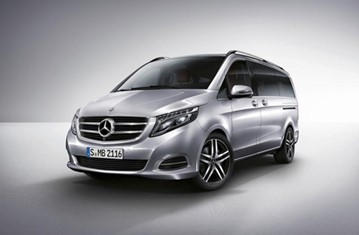













The passenger compartment of the V-Class remained stable in the frontal impact. Protection of the passenger was good in for all body areas. Dummy readings showed good protection of the knees and femurs of both the driver and passenger. Mercedes-Benz showed that a similar level of protection would be provided to occupants of different sizes and to those sat in different positions. The V-Class scored maximum points in the side barrier test, with good protection of all body areas. However, in the more severe side pole impact, dummy readings of rib deflection indicated marginal protection of the chest. A geometric assessment of the front and rear seats indicated good protection against whiplash in the event of a rear-end collision.